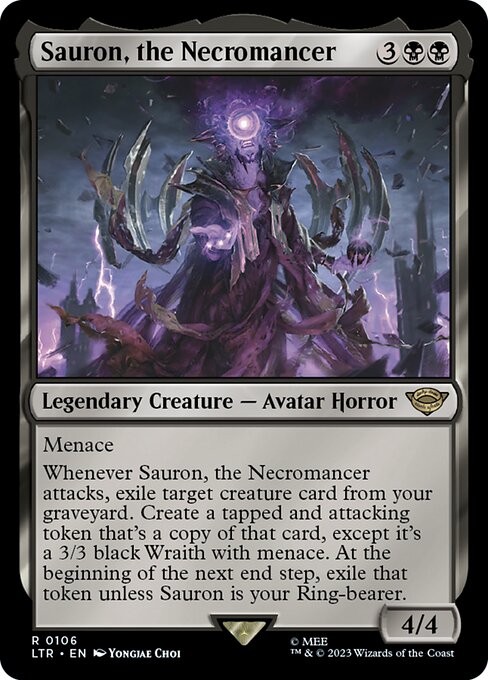Deck & Commander Strategies

Sauron, the Necromancer
A reanimation-focused deck using Sauron's abilities to bring back powerful creatures from the graveyard, leveraging Nazgûl synergy to overwhelm opponents.
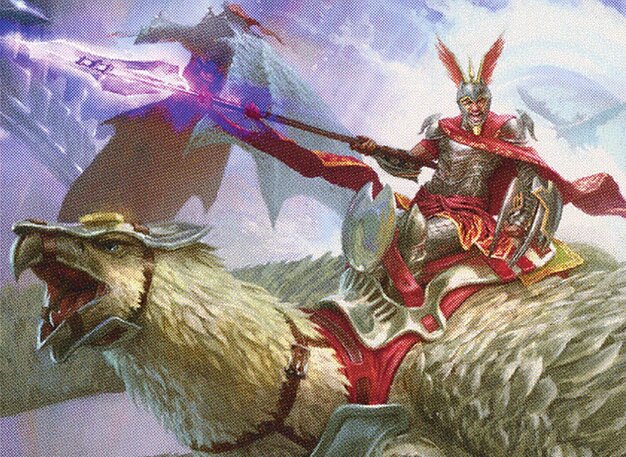
Sidar Jabari of Zhalfir
Token generation and combo-driven deck aiming to create numerous Nazgûl tokens and use Legion loyalty to deliver a one-shot kill to the table.
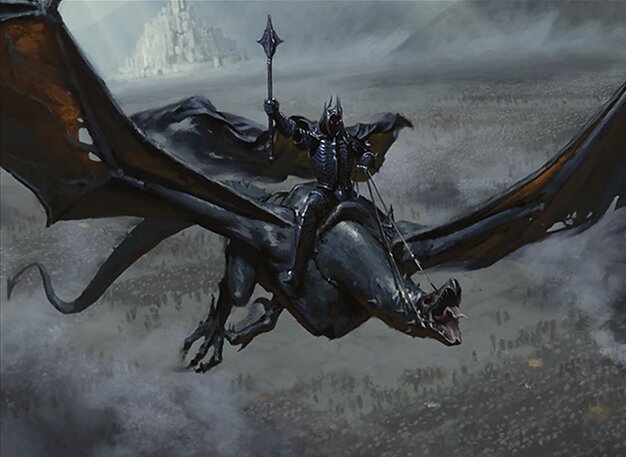
Lord of the Nazgûl
Controls the board with powerful Nazgûl creatures and board wipes, focusing on protecting itself and gradually applying pressure with death touch and removal.
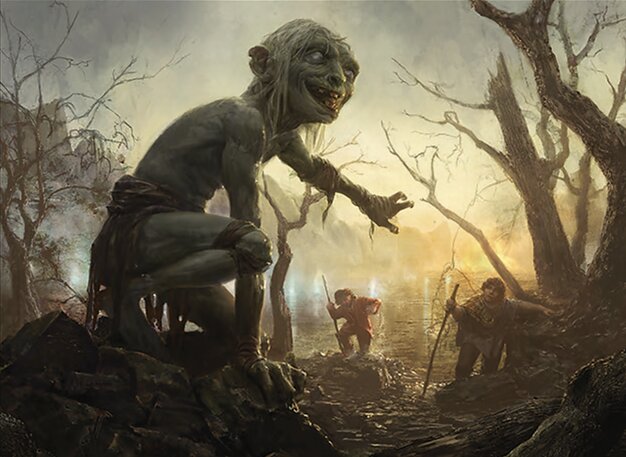
Sméagol, Helpful Guide
A mill and ramp strategy that uses Sméagol's abilities to mill opponents while ramping through elf and elemental synergies, aiming to leverage graveyard resources.
Gameplay Insights
- 1
Lord of the Nazgûl's early board wipe was pivotal in resetting the board and shifting control momentum.
- 2
Sidar Jabari's deck posed a significant threat with its ability to generate Nazgûl tokens and potentially one-shot the table using Legion Loyalty.
- 3
Sauron's reanimation strategy synergized well with milling effects to refill the graveyard and bring back key creatures efficiently.
- 4
Sméagol utilized mill to pressure opponents' libraries while ramping through elf and elemental synergies, creating a dual threat of resource denial and mana acceleration.
- 5
The players effectively used new and powerful cards alongside classic elements, demonstrating the flexibility and strength of Nazgûl-themed decks in multiplayer Commander.
- 6
Counterspells and interaction like Arcane Denial were critical in maintaining tempo and disrupting opponents' key plays.
Notable Cards
-

Legion Loyalty
-
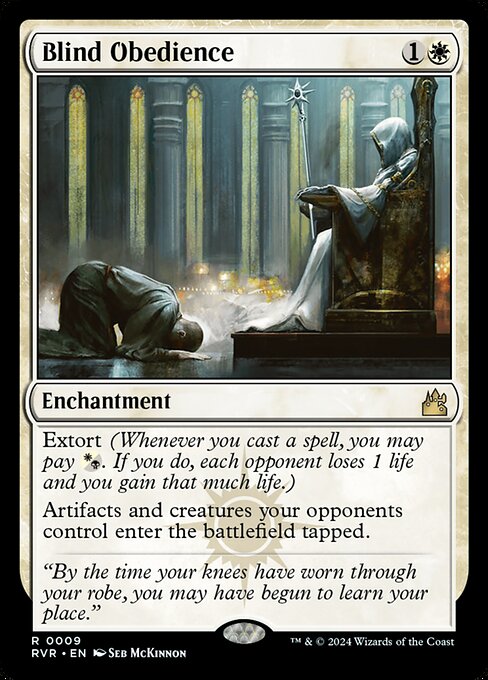
Blind Obedience
-
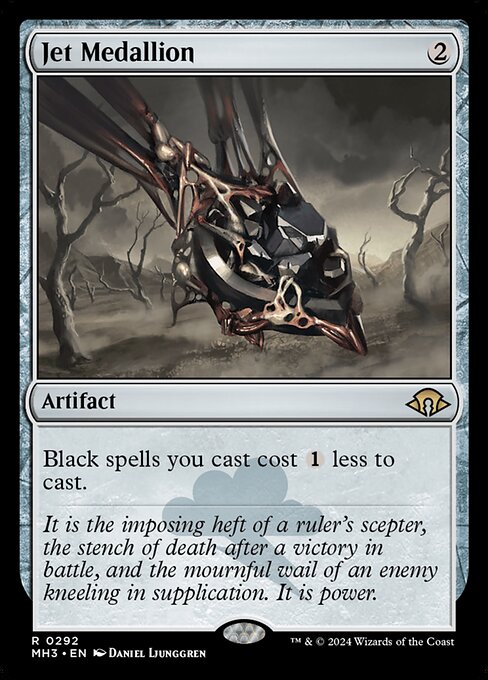
Jet Medallion
-
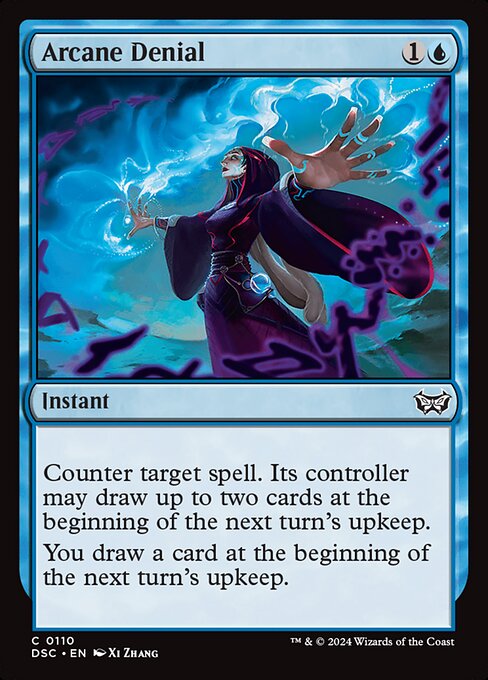
Arcane Denial
-
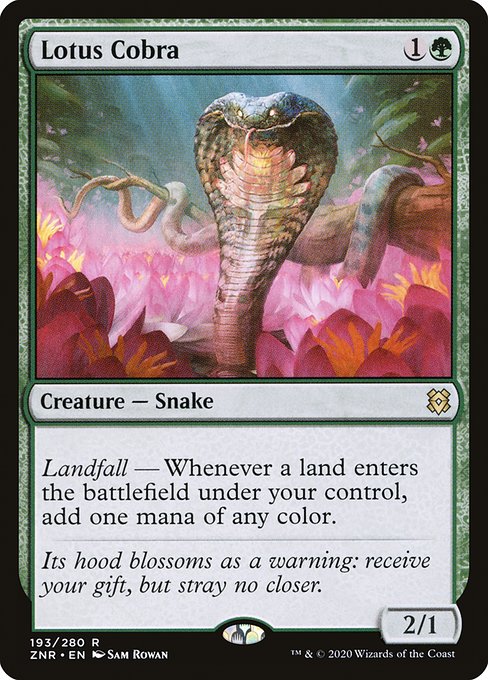
Lotus Cobra
-
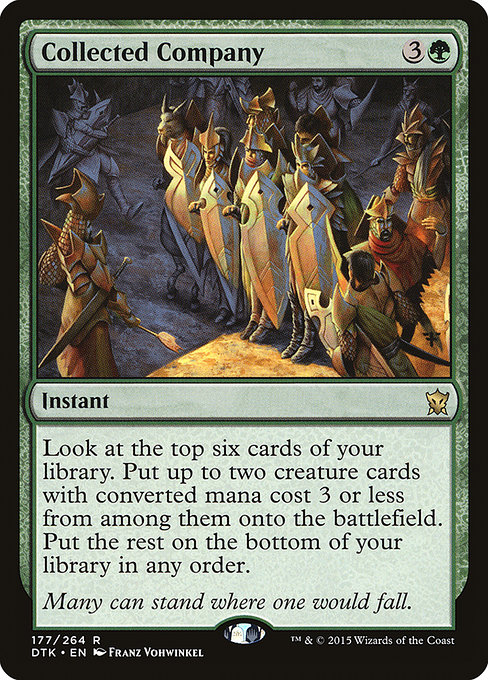
Collected Company
Gameplay Summary
The game featured four players each piloting a deck themed around the nine Nazgûl from the Lord of the Rings universe, with commanders including Lord of the Nazgûl, Sidar Jabari of Zhalfir, Sauron the Necromancer, and Sméagol, Helpful Guide.
Early in the game, players explored synergies with Nazgûl tokens, reanimation, and milling strategies, while utilizing unique new cards such as the Ring Tempts and interactions with legendary creatures to fuel their plans.
A notable early board wipe from Lord of the Nazgûl reset the board state and shifted the momentum, forcing players to reassess their strategies.
Throughout the match, there was a strong emphasis on card advantage through milling, drawing, and token generation. Key turning points included the use of Nazgûl tokens combined with Legion loyalty for potential one-shot damage, and the synergy between milling and reanimation strategies.
The player with Sméagol leveraged mill to fuel graveyard interactions while ramping with elemental and elf synergies.
The interplay of non-budget powerful cards and iconic Nazgûl legends created dynamic board states, with players carefully managing damage and card advantage to position themselves for victory.
The game remained competitive with multiple players threatening lethal damage and locking down opponents with removal and counterspells, culminating in a tense race to execute their win conditions.




